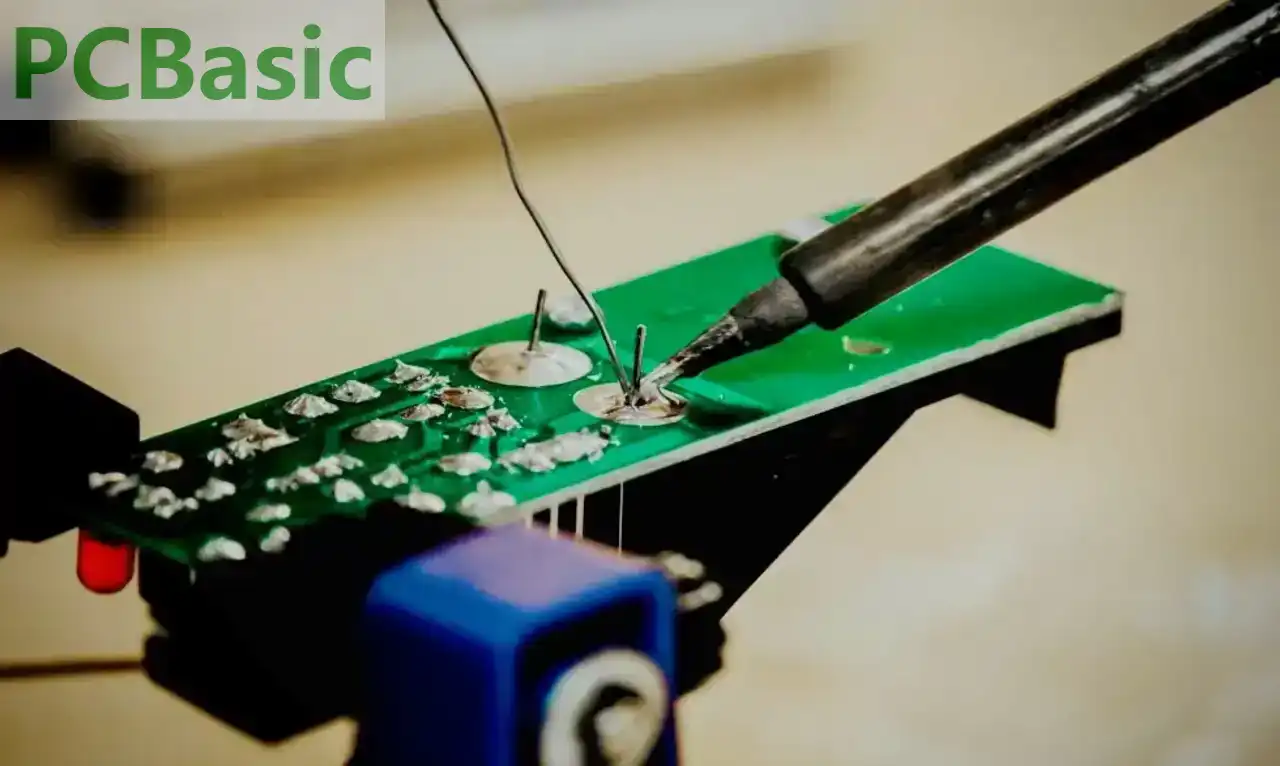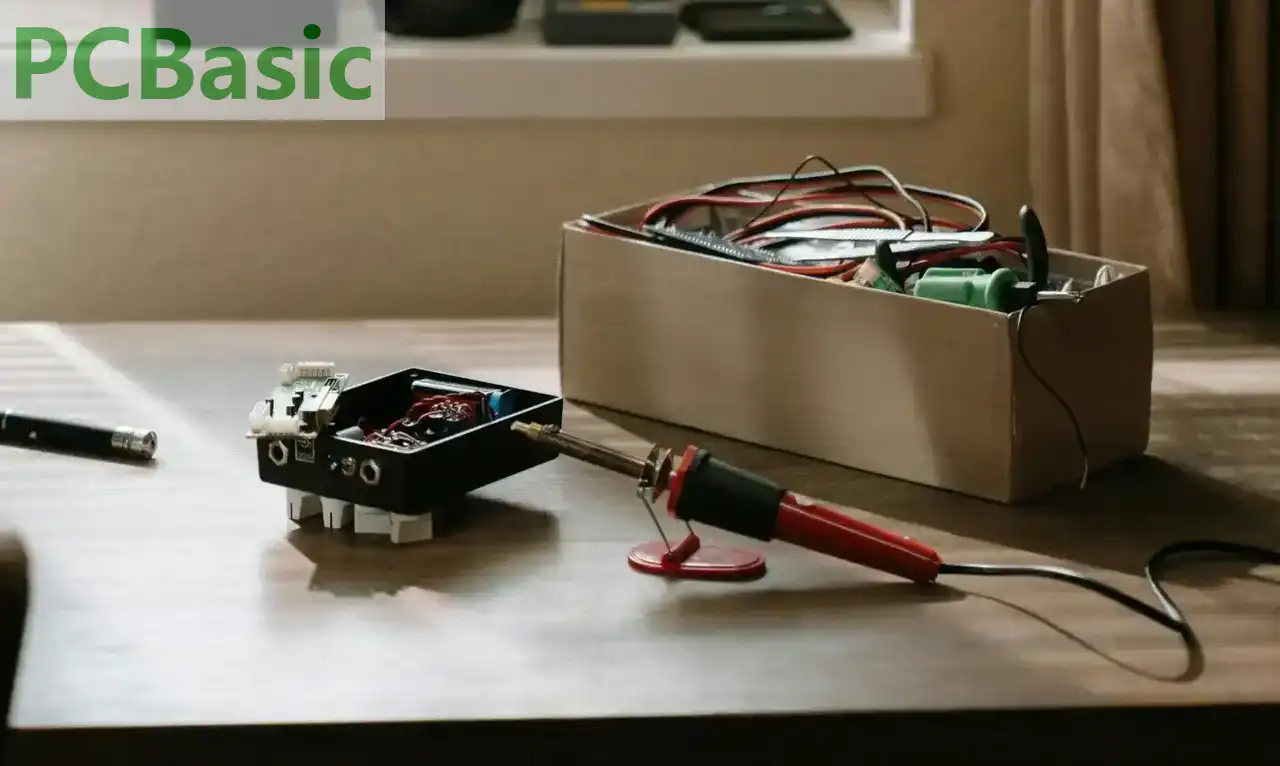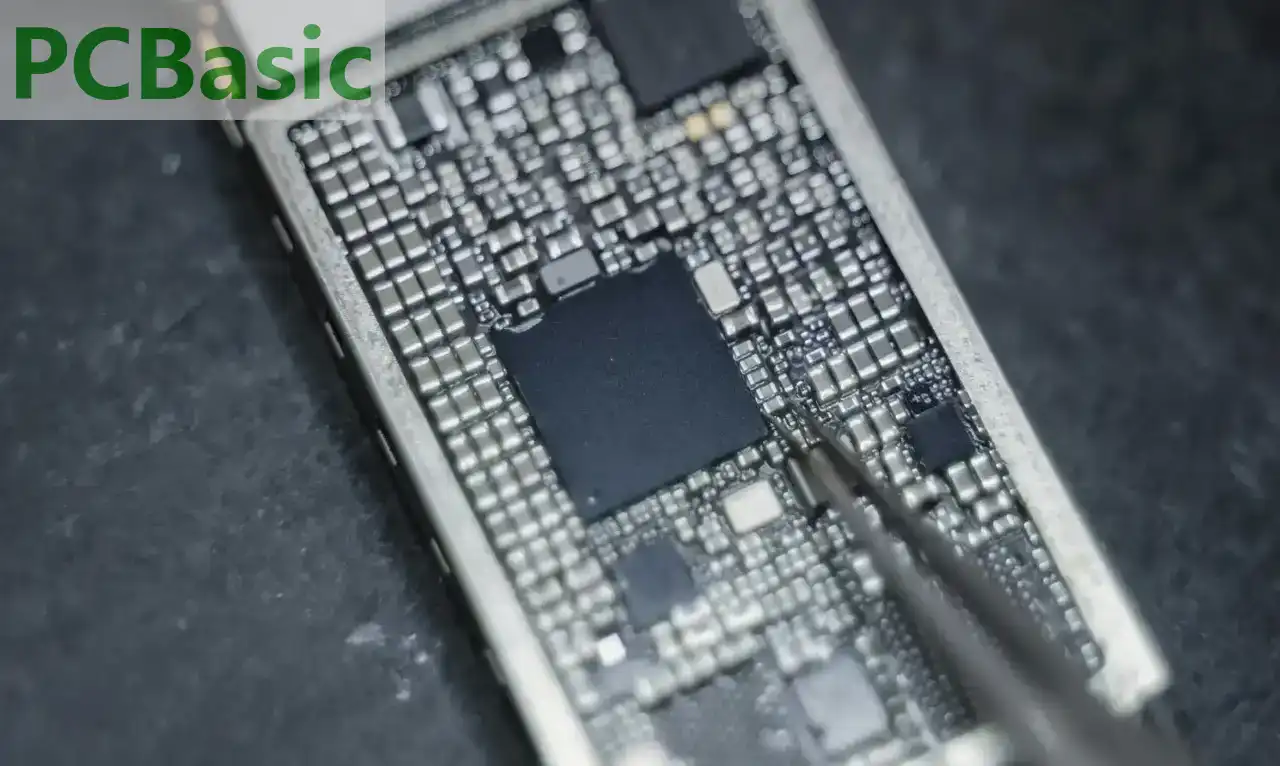Global high-mix volume high-speed Shenzhen PCBA manufacturer

Ru
9:00 -18:00, Mon. - Fri. (GMT+8)
9:00 -12:00, Sat. (GMT+8)
(Except Chinese public holidays)





Global high-mix volume high-speed Shenzhen PCBA manufacturer

Ru
9:00 -18:00, Mon. - Fri. (GMT+8)
9:00 -12:00, Sat. (GMT+8)
(Except Chinese public holidays)





HomePage > Blog > Knowledge Base > What is Solder Made of?
Solder is of great importance in many industries, including electronics manufacturing, metal works as well as plumbing. But what is solder? And what is solder made of? In the following part of our article, let's focus on the components that make solders, the types of solders, as well as how they are used. Soldering itself is a technique of bringing two or more materials, especially metals, together by molten filler metal solder. While soldering and soldering may sound alike, the former is the process, while the latter is the material to perform the process.
Solder is a material that can melt and solidify which is usually used to join parts of electrical circuits or other parts of metalwork. It ensures that two or more materials make a viable electrical or mechanical bond. Solder's composition means that the latter melts at a comparatively low temperature compared to the metals to be connected.

Solder, in other words, is defined as an alloy that can melt and wet the surface of the metals that are being joined. It is particularly intended to stick to materials such as copper and other conductive metals for sound electrical and mechanical connections. Looking at this case of solder, the reader may want to know what this material is made of. Generally speaking, solder consists of a combination of metals such as tin and lead, but health-conscious and environmentally friendly compositions that use lead have recently dominated the market.

Soldering refers to the joining of surfaces through the use of soldering as the connecting medium between the metals. In doing so, the solder is heated to where it becomes molten and flows into the joint, and on cooling, it solidifies and provides the needed joint. Electronic soldering uses copious forms of solder, and each of them contains a distinct proportion based on the kind of soldering venture to be accomplished. The substance of solder is metal, but as for procedure or method, it is called soldering.
Thus, when speaking of what solder is made of, it is necessary to mention the types of solder that exist. There are different types of solder, and they have some unique characteristics. They are used in different materials for different applications. Below, we explore three common types of solder used in various industries:

Lead solder, which was originally applied in the earlier years of electrical works, consists of lead and tin with proportions of 60% lead and 40% tin. Lead solder has a relatively low melting point of about 183 Celsius, which is very suitable for producing electronic soldering jobs that require quick work.
Lead solder is mainly comprised of tin and lead; tin is the most used metal in this alloy, with a percentage of 60%, while lead represents only 40%. Sometimes, impurities such as silver or copper may be added to make it harder or increase conductivity.
There has been a shift from using lead-containing solder in the manufacturing of electronic products and plumbing, given environmental requirements that discourage the use of lead-based products. This type of solder is made from tin, silver, copper, and other alloys like lead and other metals which are relatively safer than the lead solders.
Lead-free solder consists of a mixture of tin, which is present in large percentages, about 96% in most cases, and silver and copper. These metals establish a long-lasting metallic contact without toxicity as experienced with lead. However, it has been found that lead-free soldering requires a higher melting point and, hence, requires much more delicate soldering methods.
This kind of solder, known as the flux-core solder, is essentially used in plumbing and electronics because it is designed to work in two ways. The solder itself comprises a center of flux, a cleaning agent that plays the role of removing oxidation and guarantees the cloak of the joint.
Solder flux, the main component of flux core solder, is created from rosin or organic-based acids. These substances effectively clean the metal surfaces and facilitate metallurgical joining when soldering is done. Flux-core solder is also categorized as lead-based and lead-free, thus making it to be versatile.
As for solder, the materials it is made of depend on the type of solder and also on the requirements of the task it is to complete. Lead-based solder, lead-free, or flux core solder is created with characteristics suitable for the requirements of any particular job. In the following part, we will analyze the parts of every kind of structure.

Tin exists as the basic component in nearly all types of solders because of its electrical conductivity. It has a relatively low melting point, which means it is suitable for solder electronic devices. Lead-free solder contains tin reinforced with other metals, such as silver and copper, among others, to make it stronger.
Lead has been used in soldering due to its low melting point and due to the way it tends to flow. It makes it possible for connections to be made easily and reinforced as is the case with electronics and plumbing. Better substitutes, such as silver and copper alloys, are now used comparatively.
Lead-free solders use silver and copper due to their ability to provide high strength and conductivity, just like lead. Despite being stronger, these metals have higher melting points than lead. In this way, lead-free solders need more heat during soldering than lead-containing solders, but they provide high reliability and safer connections.
Therefore, solder is a very vital commodity in the electronics industries, plumbing, and metalwork sectors. Essentially, when answering the question "What is solder made of?" one should indicate that different types of solders are made of different materials. There is a lead-based solder, a lead-free solder, and a flux core solder, and each kind is used for a specific soldering job.
Lead solder is easy to use and has the drawbacks of being hazardous to the environment while on the other hand, lead-free solder is harmless to the environment but has the disadvantage of having a higher melting point. In this regard, the flux-core solder makes it easy to solder since it contains a flux that aids in making a clean connection. In light of these solders and the materials from which they are made, more informed decisions can be made when undertaking any soldering.

Assembly Enquiry
Instant Quote